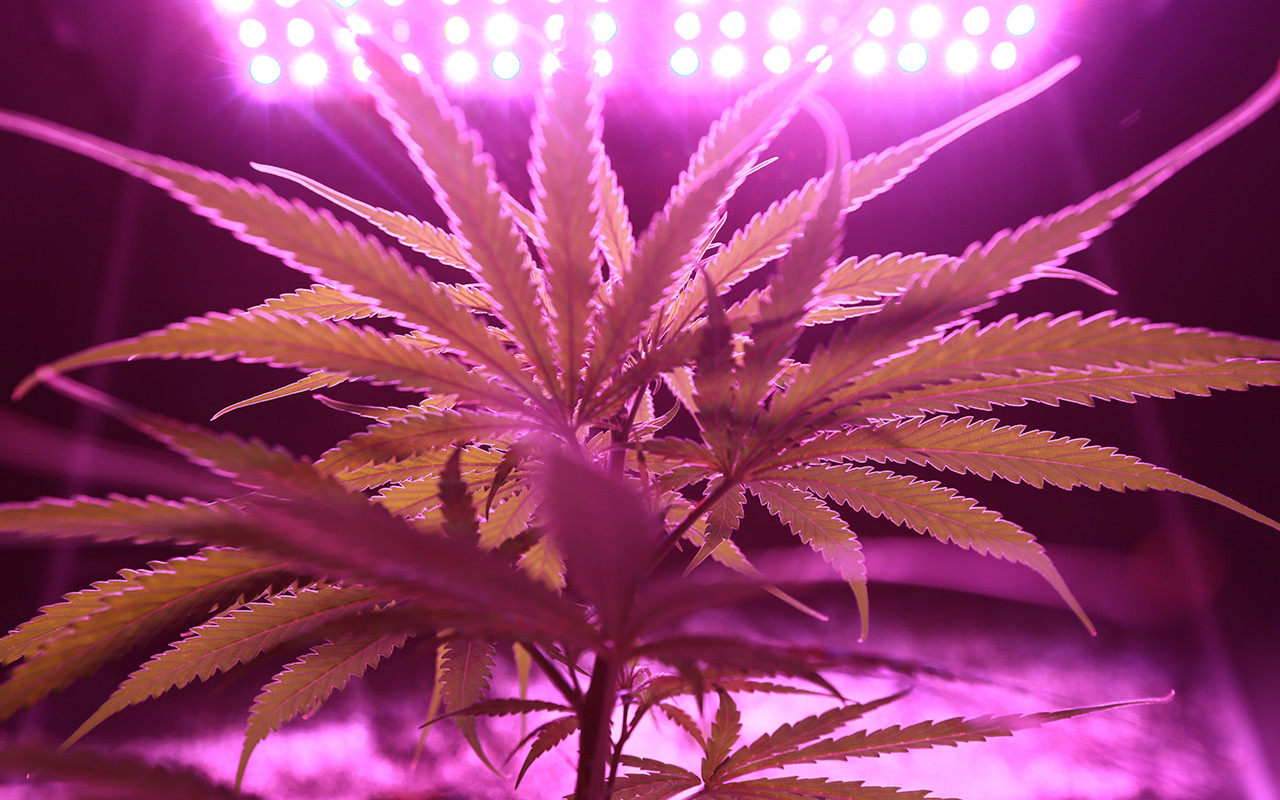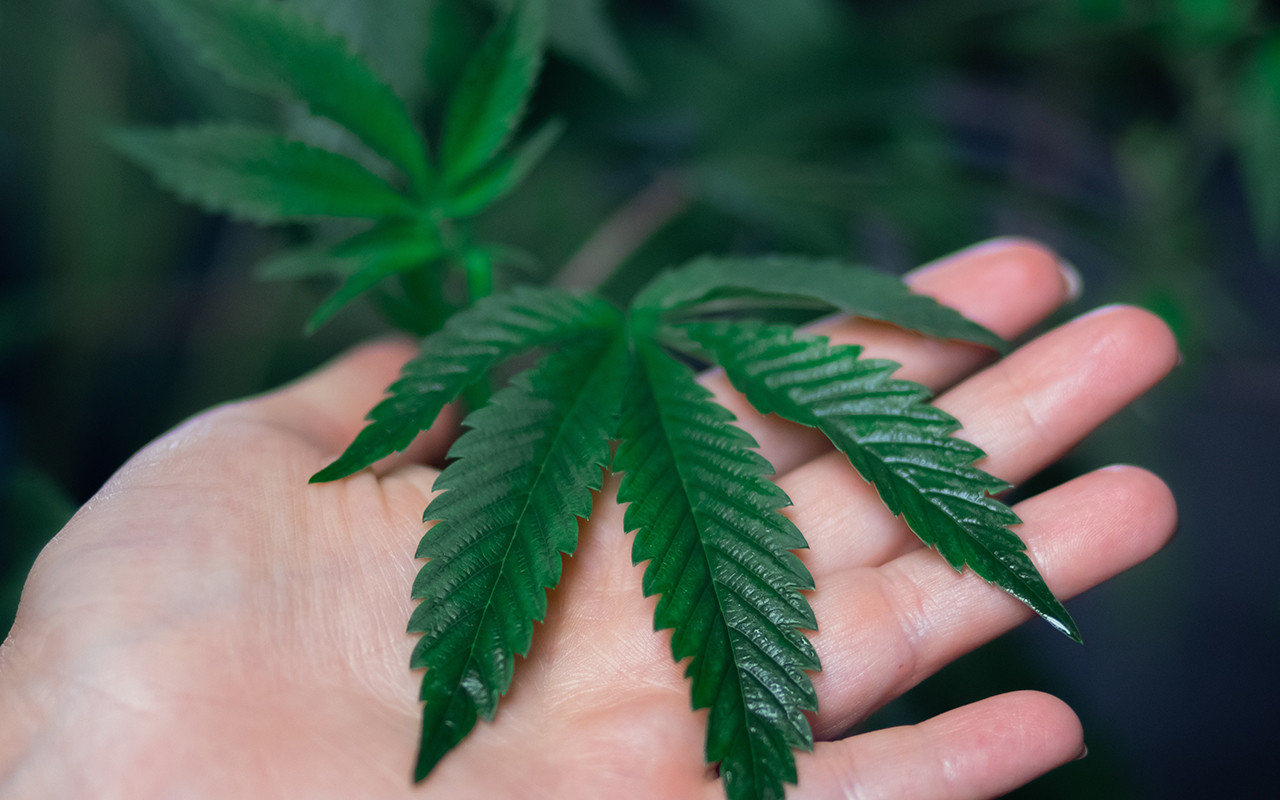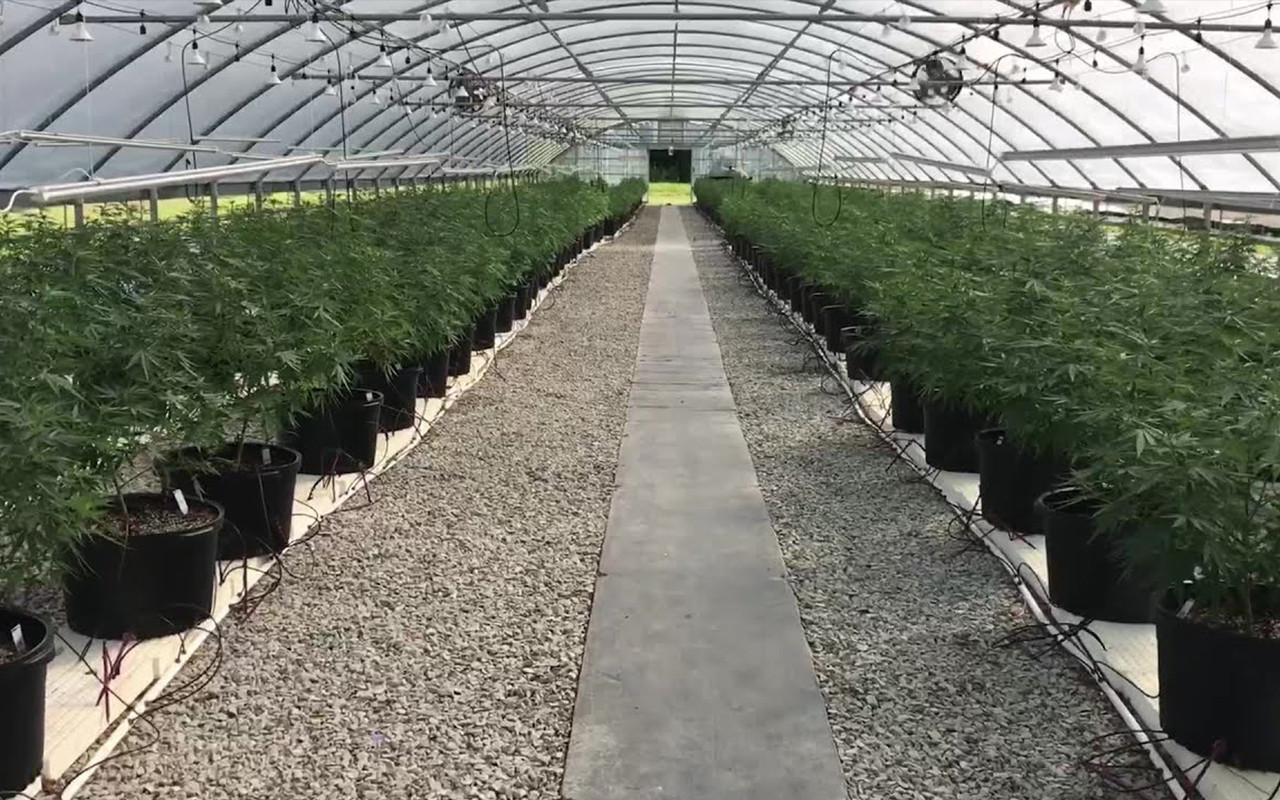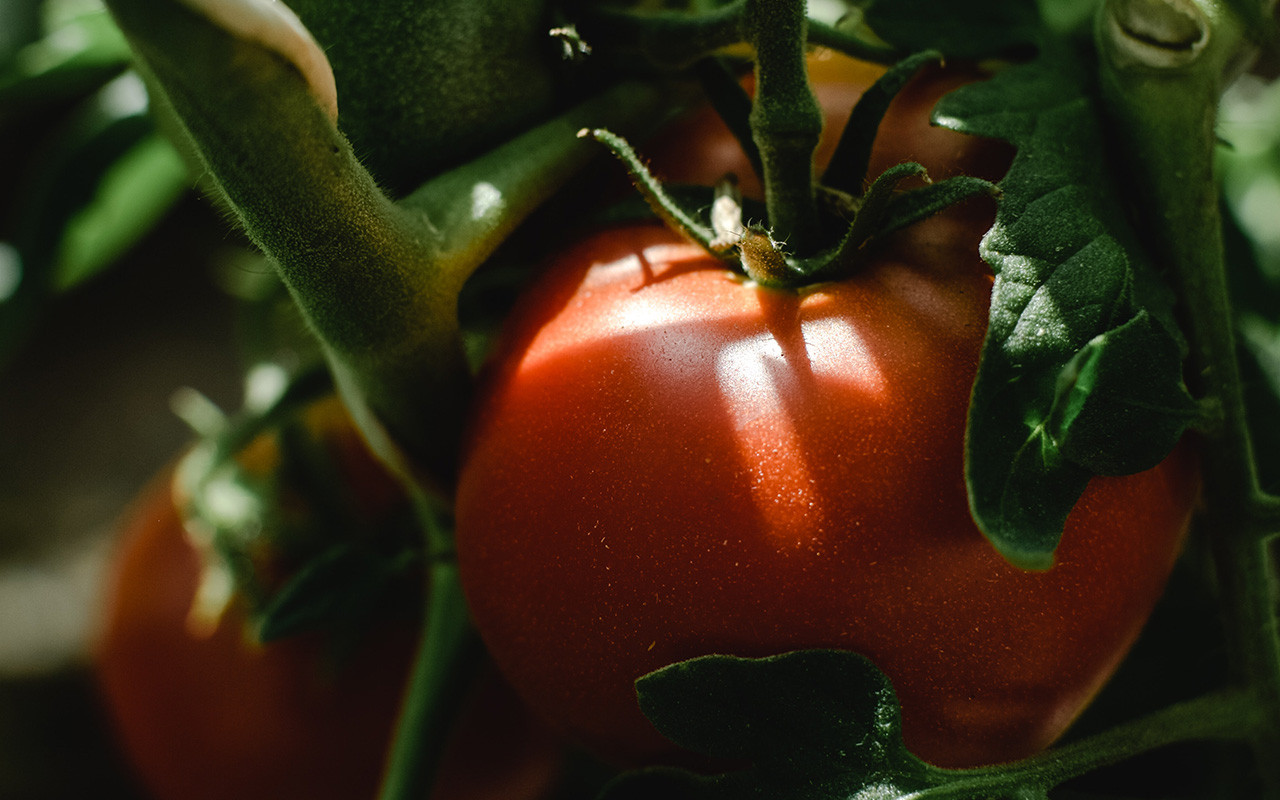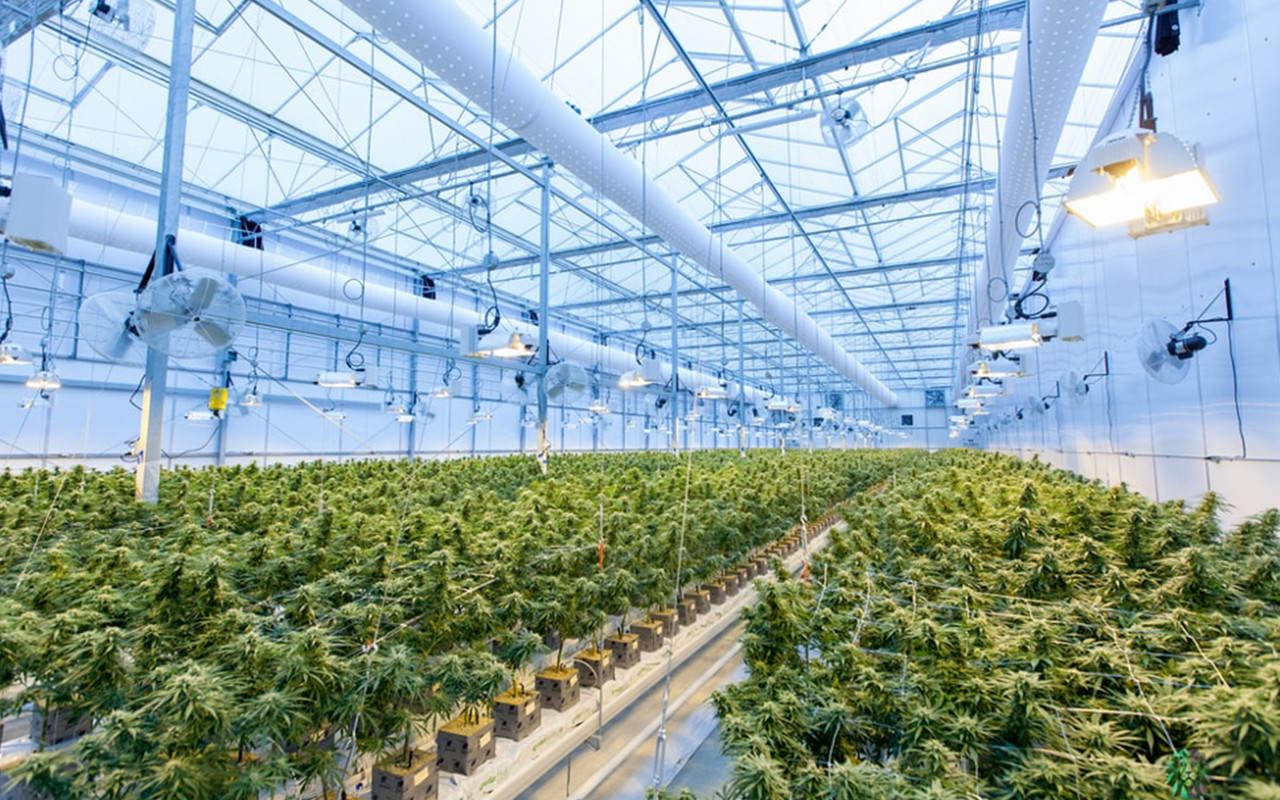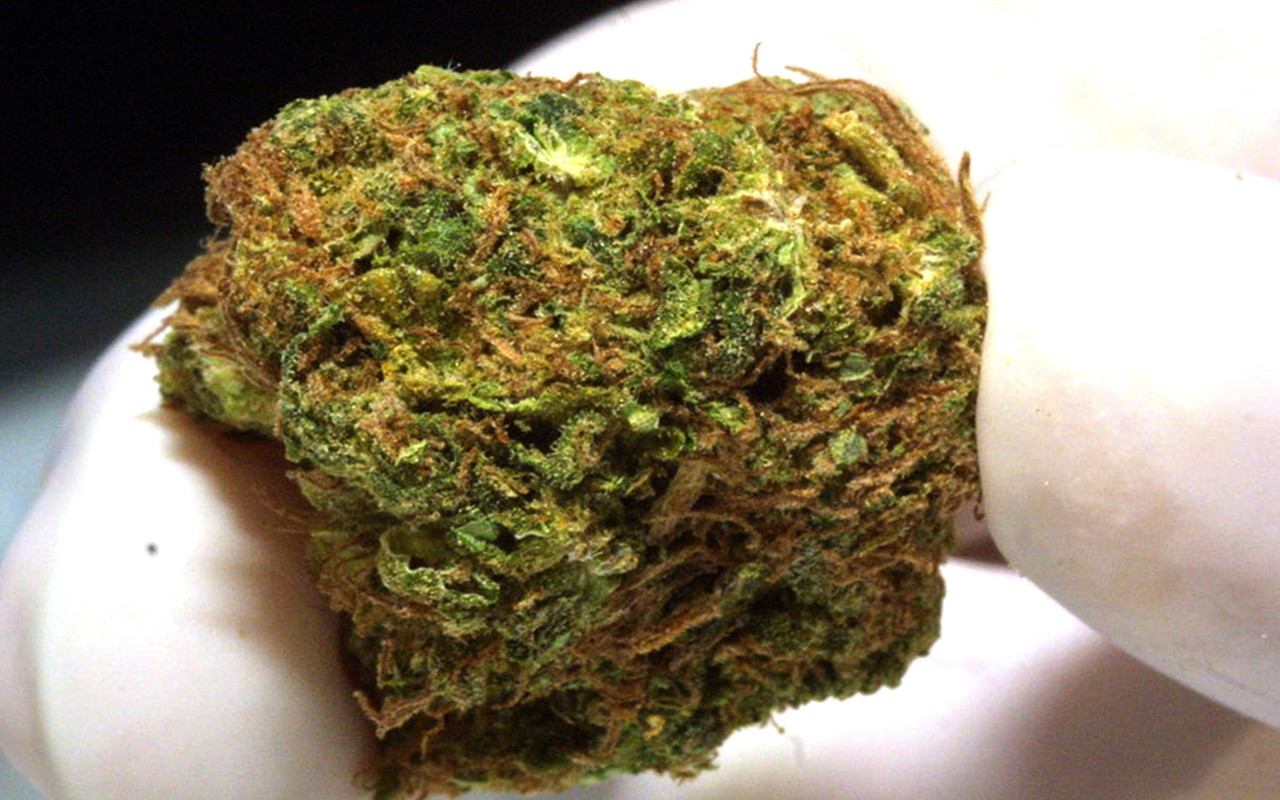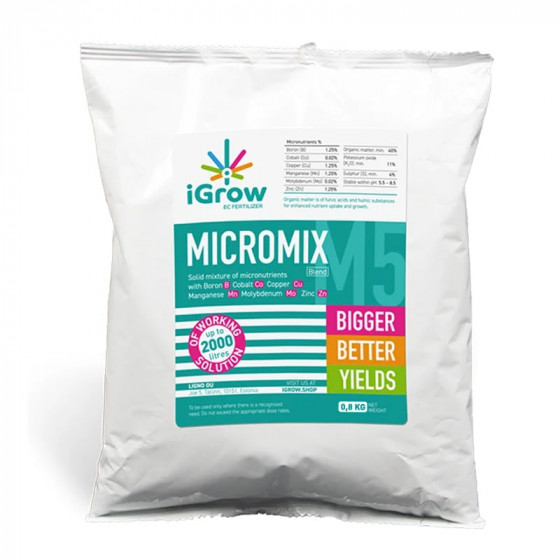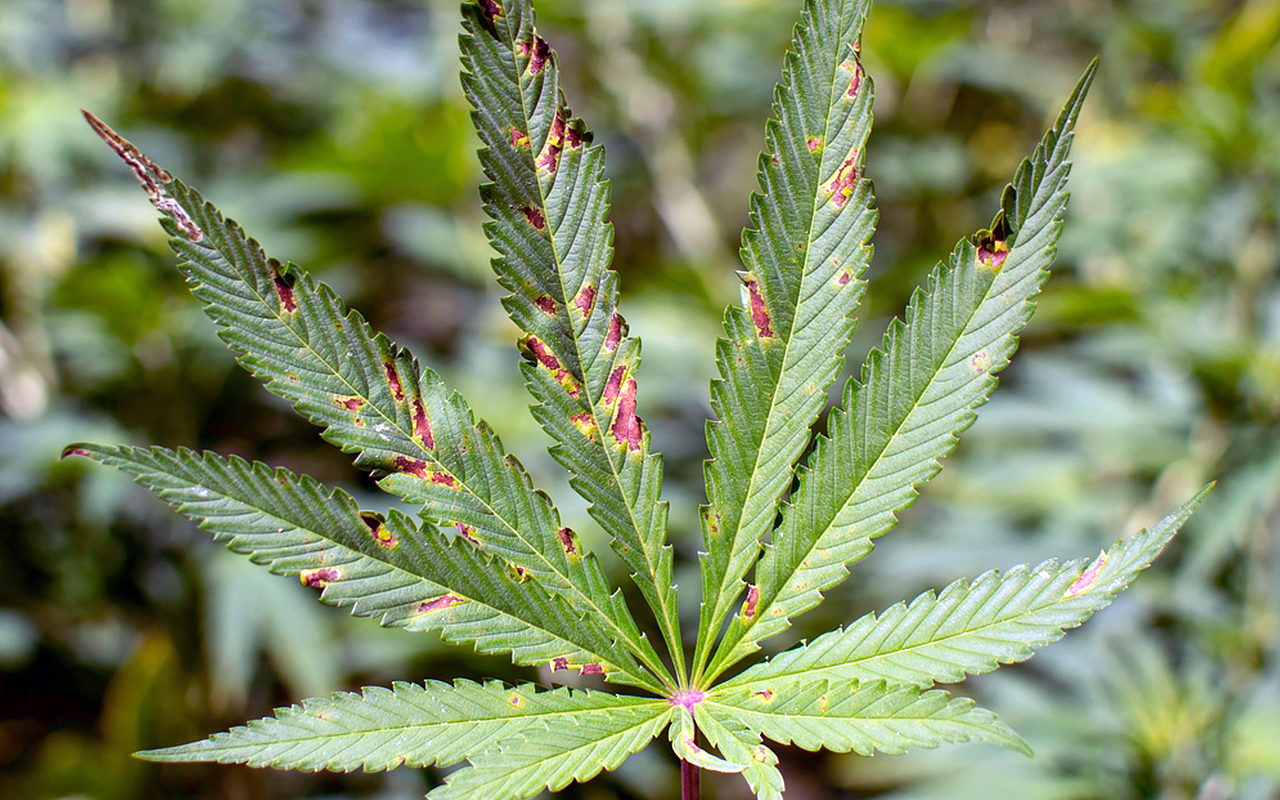
Understanding Nutrient Deficiencies in Cannabis Plants
Identifying nutrient deficiencies is important for maintaining plant health and preventing further damage. Nutrient deficiencies can lead to stunted growth, lower yields, and poor quality buds. Early detection of nutrient deficiencies helps growers take corrective measures to restore optimal nutrient levels in soil, hydroponics, or other growing media.
Mobile vs. Immobile Nutrients:
Nutrients elements fall into two categories: mobile and immobile. Mobile nutrients elements are those that can be readily redistributed within the plant. Nitrogen, magnesium, and potassium are examples of mobile nutrients. Understanding the mobility of these elements is crucial for nutrient management and plant growth.
Mobile elements can be transported within the plant with ease, allowing them to be distributed to where they are needed most. This efficient transportation system enables plants to adapt quickly to changing environments, ensuring that they receive the nutrients required to thrive.
Plants communicate with us in their own way, and one of the ways they do that is through signs of nutrient deficiency. When it comes to deficient mobile elements, plants may show signs on older leaves while the newer leaves remain healthy.
In order for a cannabis plant to thrive it requires a range of essential nutrients, including what are known as trace elements. These include boron, copper, iron, molybdenum, sulfur, and zinc, which all play critical roles in the plant's growth and development. These elements are different from other nutrients because they cannot be easily redistributed within the plant and remain in their original location, so they are called immobile nutrients. Trace element deficiencies are often overlooked since they are required in such small amounts, but neglecting them can have a significant impact. When new growth on a plant is stunted and appears deformed, it may indicate a deficiency of an immobile element that are vital for growth and development.
Have you ever noticed your plants gradually wilting away or showing signs of yellowing? This could be due to a micronutrient deficiency, specifically boron and calcium. When your plants lack these essential nutrients, they struggle to carry out proper transpiration, leading to the die back of your plant. The good news is that this issue can be easily fixed by using boron fertilizers or other micronutrient fertilizers to provide your plants with the nutrients they need to thrive. By addressing the issue early on, you can prevent the loss of your plants and enjoy a lusciously green garden.
Common Nutrient Deficiencies in Cannabis Plants:
Nitrogen deficiency, magnesium deficiency, phosphorus deficiency, potassium deficiency, boron deficiency, copper deficiency, iron deficiency, molybdenum deficiency, sulfur deficiency, zinc deficiency, and calcium deficiency are the most common nutrient deficiencies that cannabis plants experience.
Nitrogen deficiency:
Plants require nitrogen for chlorophyll production, protein synthesis, and healthy growth. Nitrogen deficiency results in pale, yellow, and stunted plants. However, over-fertilizing plants with nitrogen can have harmful consequences, including smaller and darker leaves. While nitrogen is an important nutrient for plants, it's important to exercise caution when fertilizing in order to avoid unintended negative consequences.
Magnesium deficiency:
Magnesium is an essential component of chlorophyll, and its shortage leads to yellowing between veins and interveinal chlorosis.
Phosphorus deficiency:
Phosphorus aids in energy transfer, cell division, and root growth. Its deficiency leads to delayed growth, darkening leaves, and increased susceptibility to pest damage.
Potassium deficiency:
Potassium helps regulate water uptake, enzyme activation, and carbohydrate transport. Its deficiency leads to yellowing or brown burnt edges on the leaves, wilting, and underdeveloped buds.
Boron deficiency:
Boron plays a crucial role in cell division, carbohydrate transport, and protein synthesis. Boron deficiency leads to distorted growth, yellowing, and stunted buds.
Copper deficiency:
Copper aids in enzyme function and chlorophyll production, and its deficiency results in white or yellow leaves, abnormal growth, and poor quality flowers.
Iron deficiency:
Iron is essential for chlorophyll synthesis, and its deficiency leads to yellowing between the veins, interveinal chlorosis and stunted growth.
Molybdenum deficiency:
Molybdenum helps in nitrogen fixation and enzyme function, and its deficiency leads to stunted growth, mottled leaves, and curled leaves.
Sulfur deficiency:
Sulfur is vital in the formation of amino acids and proteins, and its deficiency results in stunted growth, yellowing between veins, and reduced bud quality.
Zinc deficiency:
Zinc plays a vital role in enzyme activation and growth hormone production, and its deficiency leads to yellowing, stunted growth and distorted leaves.
Calcium deficiency:
Calcium is essential in cell structure formation, cell division, and enzyme activation. Its deficiency leads to stunted growth, blossom end rot, and abnormal growth.
Nutrient Management in Cannabis Plant Growth:
To achieve healthy growth during the vegetative and flowering stages, cannabis plants require a wide range of nutrients. The management of nutrients during the growth stages of cannabis plants is critical to avoid nutrient deficiencies. Factors that can affect nutrient uptake are pH, soil composition, and quality of water.
Nutrient Requirements During Different Growth Phases:
Cannabis plant nutrient requirements change during the vegetative and flowering stages.
During the vegetative phase, nitrogen and potassium are two nutrients that cannot be overlooked. Nitrogen is essential for the growth of healthy leaves, stems, and branches, while potassium is responsible for regulating water balance and strengthening the plant against stressors. Balanced and appropriate levels of these nutrients during the vegetative phase set the foundation for robust and healthy cannabis plants throughout their entire growth cycle.
When it comes to the flowering phase of cannabis, achieving the perfect balance of nutrients is essential. At this stage, it's important to not overlook the crucial role of potassium, which is actually more significant than nitrogen and phosphorus. Not only does potassium aid in the transportation of nutrients throughout the plant, but it also plays a critical role in the production of essential oils and terpenes. These compounds contribute to the distinct aroma and flavor profiles that make each strain of cannabis unique. Focusing on providing adequate potassium during the flowering phase can result in a more robust and flavorful final product.
Different strains will have unique needs, so research on specific strains will be necessary.
Best Practices for Nutrient Management:
To and excesses, it's important to monitor pH levels throughout the growth stage. Maintaining optimal pH levels is crucial for maximum yield and growth. The best irrigation pH for cannabis falls within the range of 5.6 to 6.3, with 6.0 being the sweet spot. Any higher or lower could cause nutrient lockout, leading to stunted growth and nutrient deficiencies. Maintaining proper pH levels allows the plant to absorb vital nutrients efficiently, ensuring healthy growth and resin production.
In Conclusion:
Cannabis plants are becoming more and more popular among the gardening community due to their therapeutic properties and recreational use. However, different strains require different nutrients to achieve optimal growth and potency. While it may seem overwhelming, it is essential to understand that general rules still apply. Identifying guidelines on nutrient uptake, management, and requirements during different phases of growth will help growers get the best results from their plants. Growing cannabis can be a fulfilling experience, and the correct nutrient requirements will ensure that your plants thrive.







